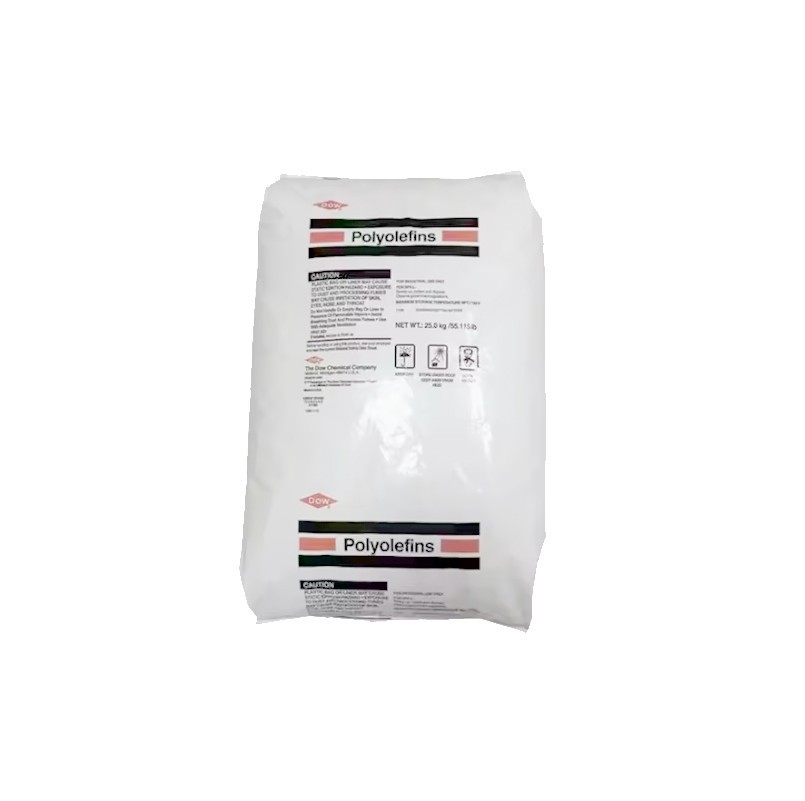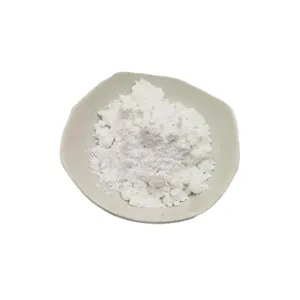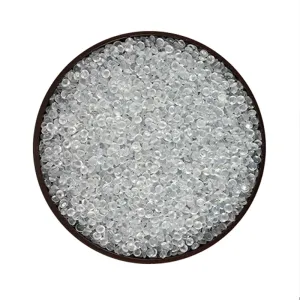Nifty likely to be flattish, go for a wider portfolio in broader market

ETMarkets.com
Our view is that earnings will surprise massively on the upside, says Sunil Singhania, Founder, Abakkus Asset Manager
There’s a 22% uptick in Nifty in the quarter gone by. Is that enough to make you smile?
Markets being the way they are, there is always optimism for people who believe in the long term and there is also concern for people who keep on looking at all the challenges. Life is full of challenges and there is disappointment for people who wait for the exact time to invest in the market and are never able to do it. Being an optimist, we are always smiling.
The optimist believes things will only improve while the pessimist believes valuations are stretched and things will come down. What about the realistic? Markets are not cheap. Things are improving incrementally. Is it time to get very selective?
Things are definitely not cheap but equity markets are all about the future. Equity markets are not about the past and the second thing is you have to be an optimist to be an investor in equity markets. You believe that the future is going to be good and then you invest in equity markets. Coming to the earnings question, trailing Nifty earnings are at 35 times; however, we should not forget that the trailing earnings include the March ‘20 and June ’20 quarters which were really challenging quarters. When you look at that and also the fact that in September, we had an earnings growth despite a fall in sales and in December, our view is that earnings will surprise massively on the upside.
Unlock Leadership Excellence with a Range of CXO CoursesOffering CollegeCourseWebsiteIndian School of BusinessISB Chief Technology OfficerVisitIIM KozhikodeIIMK Chief Product Officer ProgrammeVisitIndian School of BusinessISB Chief Digital OfficerVisit
A few sectors which are contributing negatively to the earnings like corporate banks, metals and even telecom would turn massively. Therefore our view is that as we move ahead this trailing PE would keep on coming down. In fact on FY23 basis, the PE for Nifty might be 16.5-17 times which is 10% higher than the long-term average but given the way we are in terms of lowest ever interest rates, it is logical to make a case that this PE band has inched up on a permanent basis.
Also, the constitution of the Nifty has been changing quite dramatically over the last four-five years. In the last four-five years, the so-called good companies — FMCG companies and high ROE, low debt companies have attracted investor interest like never before. A lot of these companies trade at PE multiples of 80-90-100 and that also distorts the average PE multiple of the Nifty. Our view is that it is possible that Nifty might be flattish or might see smaller growth but the broader market is where opportunities will lie.
Over 3-5 years, Reliance can beat Sensex, NiftyInvestors now have two options – lean towards the growth path, digital, IT, pharma or go back to the value part which is steel, cement. How should the split be?
We continue to be positive on IT, digital, pharma. I have always said that we are unfortunate that in India the digital part is predominately in the private domain. There are very few listed companies and we all know what has happened to those listed companies. My view is that interest in the digital theme will continue because it is a theme which has just started and there are strong legs for years to come. IT and pharma will continue to be sectors where India has global competitiveness. The tailwind is great and companies in that domain in India have the expertise as well as global competitiveness to survive and grow for a long, long time.
Having said that, we should not forget the fact that we are now coming out of a period where for the last three-four years, capex has not happened. We are also seeing strong growth emerging and obviously no one expected this kind of growth six months back but it has happened and with interest rates where they are, there is a multiple benefit of that. One, corporate earnings go up, projects become viable because interest costs are lower and on the demand side, EMIs are coming down massively and therefore autos, particularly passenger vehicles, four-wheelers as well as two-wheelers, even for residential houses, EMIs on a monthly basis have fallen by 25-30% making them more affordable.
Again it kickstarts the whole process of higher demand because there is no capacity. Companies which have capacity will make more money and they will go back into the capex mode for the next phase. The government has also been proactive after years and this PLI scheme along with incentives for manufacturing in terms of lower income tax of 15% and the fact that China is the villain of the world is also leading to a move sourcing away from China selectively.
“if you are able to manage debt, it is going to be great. Companies that retire debt are struggling. Good companies are going for expansion.”
— Sunil Singhania
All this means that we are going to have a holistic growth as far as the economy is concerned and also as far as the market is concerned. From being a 10-15 stock and maybe a couple of sector market which was the case over last four-five years, the time is now ripe to have a more inclusive portfolio approach with traditional good sectors, the so-called defensive or stable sectors like IT and pharma. Match that with some of the beta names and I would include the financials — some NBFCs, corporate banks, engineering and metals stocks. It is now a case for a much broader portfolio.
3 sectors that will drive momentum in next 2-3 years
Metal stocks are going through a massive surge. Is there still trade left in metals, especially steel?
There is no one in the world who would have predicted the kind of price rise which we have seen in commodities generally and it is not only steel, it is across metals and agri commodities. Look at the price of soya, corn, even international sugar prices. They are at 4-5-year highs. It is a synchronised move up and it is largely liquidity and dollar weakening. A lot of actual demand is being matched by investment demand. As far as steel is concerned, I do not know whether these prices are going to last but we should not forget the fact that in one or two years, this kind of uptrend completely changes the balance sheet of the companies.
We have seen companies which had huge debt and the way the profitability is panning out in the next three, six months — they would be either zero debt or their debt equity will come down to 0.25, 0.5 times equity instead of two, three times equity. That would mean that going forward, the resilience they will have even in terms of bearing slightly lower prices would be huge. Again, I do not know whether these prices are going to rise but I would say that if you get an opportunity when the news flow comes that prices of commodities have come down by 10-15% and you get stocks maybe 25-30% lower than these levels, it would surely be a buy.
At these levels you have to be selective. You cannot extrapolate the current price and current profitability and these companies are available at 3 PE because that would be discounting the peak profits and peak metal prices. So be a little bit cautious but the balance sheets would be definitely repaired meaningfully and that again comes down to our view that select corporate banks would be great alternate ways of playing because a lot of these banks suffered due to the fractured balance sheet particularly in the metal, infra and power space.
If good companies are looking at retiring debt, why should one be buying some of these stocks? Who will go to banks for borrowing?
No, no. I am not a proponent of investing in debt free companies and I have publicly said that. I always say that if you are able to manage debt, it is going to be great. Companies that retire debt are struggling. Good companies are going for expansion.
Be cautious on financial companies going into Q4
One of the largest cement companies has announced a massive capex starting six, seven projects together. I think the same is going to happen in a lot of sectors. In the steel sector, for example, in the last three, four years, all the major steel companies were able to buy stressed assets through the NCLT route. So, Tata bought Bhushan and JSW bought the other Bhushan and Vedanta bought Electrosteel. Now they are running at almost full capacity. In order to plan their future growth, they will have to come and start planning green field projects and that is going to lead to some capex.
The other thing is the PLI scheme is incentivising for setting up new capacities in sectors where India did not have presence. So large electronics, chemicals projects are coming up and the projects are not only in base chemicals which India was very good at and had large capacities like caustic soda, but even downstream. That would lead to a decent amount of capex requirement.
Thirdly, with falling interest rates, it is becoming more viable for inpiduals to buy consumer goods, vehicles, apartments, houses and that would again lead to a decent increase in demand for the retail credit side of the business. We are saying that we are in an environment where credit growth can inch up to lower double digits. At the same time, the credit cost which had gone up for some banks to 2-3% of their book, will come down maybe to 0.75-1% of book and that would lead a huge swing on the PBT side.
Recommended Suppliers
 September 23, 2024
September 23, 2024  June 3, 2024
June 3, 2024  June 3, 2024
June 3, 2024  June 17, 2024
June 17, 2024  June 18, 2024
June 18, 2024 














